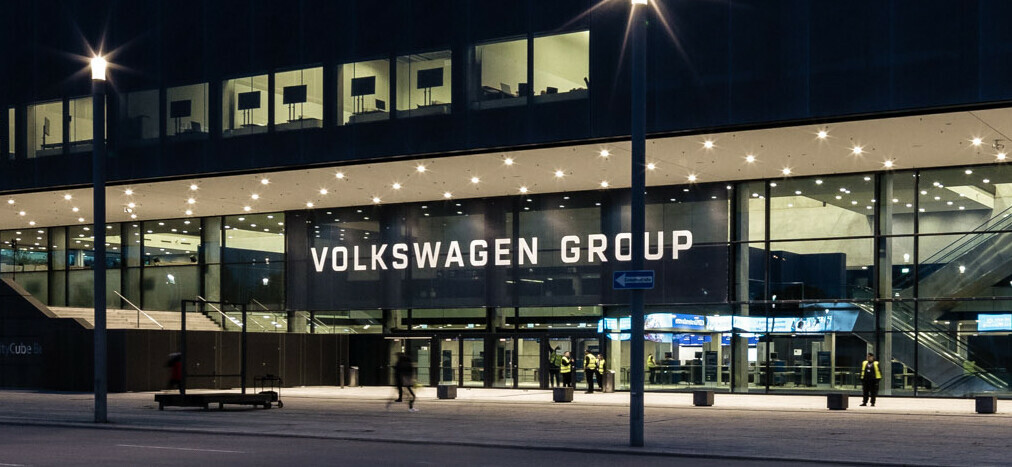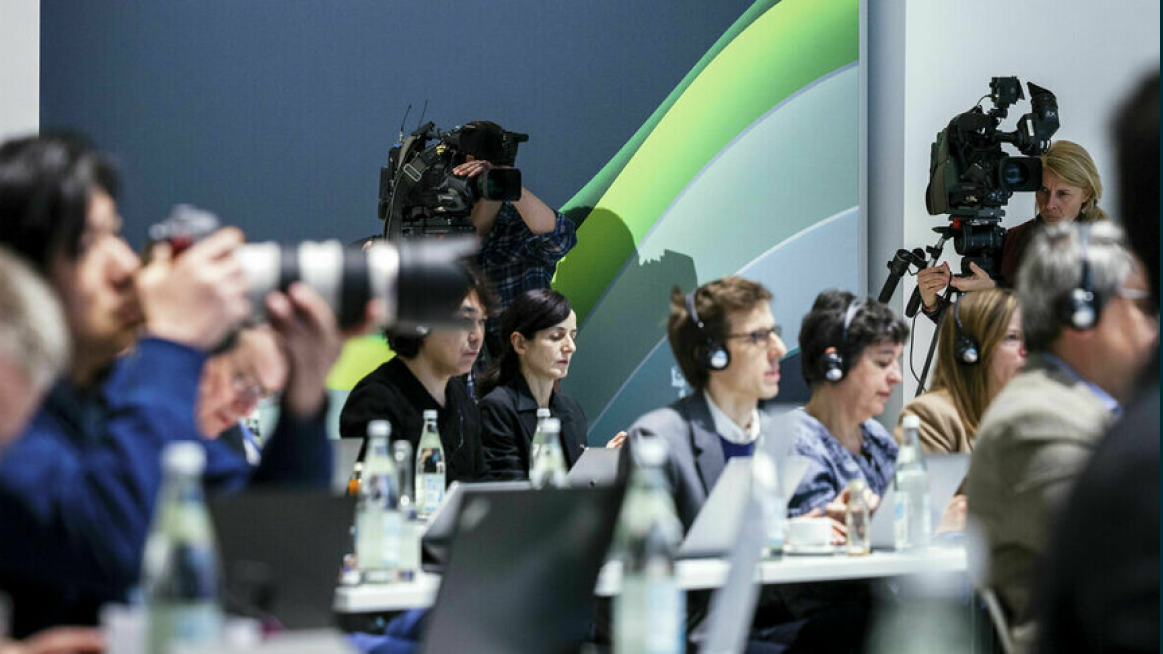Dr. Martin Gallinger, who is responsible for the further development of robot applications in Volkswagen Group Production, explains why the dynamic safety zones are so important for the production of the future: "Everyone is now talking about human-robot cooperation. To date, we have been concerned chiefly with cooperation with lightweight robots that weigh significantly less and carry lighter loads. Now we want to make industrial robots fit for cooperation with people. They can relieve the burden on human workers as large industrial robots can lift much heavier parts and pass them to people." In future, robots will be able to provide active support to people. Another advantage is the fact that existing robots can also be used for cooperation with people, saving the investment required for new robots.
Video: https://youtu.be/dz3CD_SUB84
"Despite all the advantages of this new form of cooperation, one topic still has the highest priority for us – safety," Gallinger emphasizes. Safe working is ensured by highly advanced interactive safety zones. For test purposes, Gallinger's team has developed a prototype fit for use in series production together with Volkswagen's partners KUKA AG, Keyence Deutschland GmbH and Fraunhofer IFF. Color coding gives the employee a clear and simple indication of the area where he can work without any impact on the robot (green). The safety zones are dynamically adjusted in response to the movement of the robot. For example, if the robot is working in the background, far away from the position of the human worker, the green, yellow and red zones are moved accordingly. If the human worker is in the yellow zone, the movement of the robot is severely decelerated and even stopped in the red zone. This means that the employees concerned are absolutely safe and have complete clarity concerning the safety zone at all times.
The prototype that has been developed confirms the technical feasibility of a new form of cooperation and an entirely new safety concept: "In the next step, we will be intensively testing and optimizing the prototype together with our project partners, health and safety experts, and production employees. We intend to use their feedback to develop the system together to the point where it is fully fit for use in series production," Gallinger adds.







